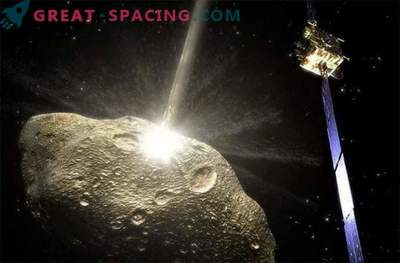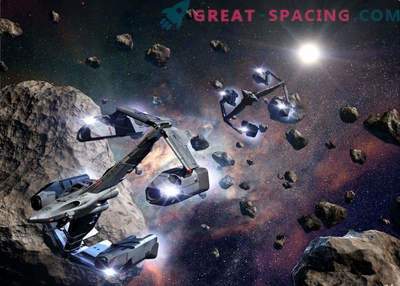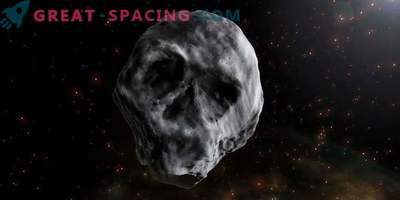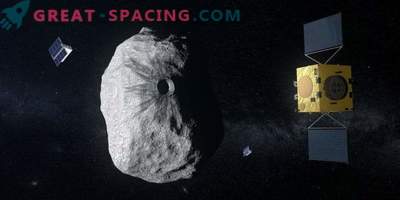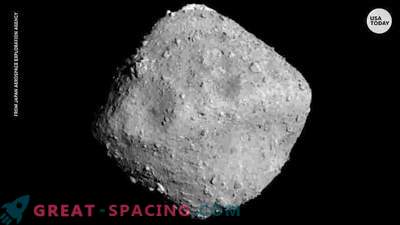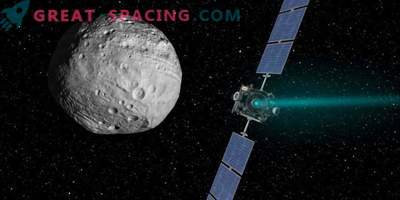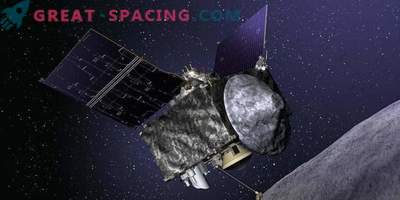
There is a 1 in 700,000 chance that you will die as a result of a collision of the planet with an asteroid. And this figure increases if the asteroid turns out to be really huge. A large piece of space rock could permanently erase the Earth with people. I am glad that only 1% of a million asteroids can crash into us. However, the experience is still worth it.
Statistics indicate that every 35 million years an event of mass extinction takes place on our planet. Therefore, NASA and ESA are developing an AIDA plan to prevent the death of mankind, and reduce the risk of a dangerous asteroid coming to Earth.
Hollywood movies seem interesting, but don’t try to send a bomb to an asteroid in case of a threat. The only way to escape is to push the cosmic rock off the trajectory and push the object away from our orbital path.
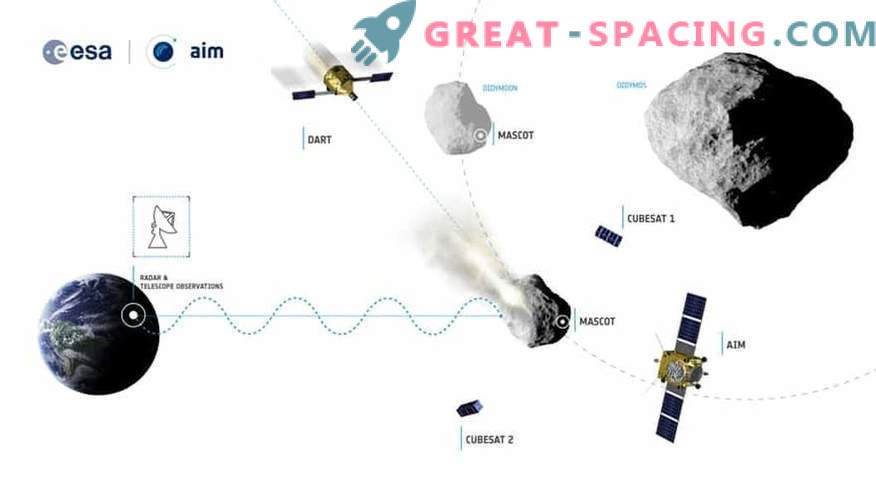
Infographics showing AIDA plan
The AIDA Plan (Assessment of Asteroid Effects and Deviations) consists of two parts. The first is an asteroid mission (AIM), operated by the European Space Agency (ESA). It is about the launch of a spacecraft that will rotate around an asteroid. Now they are planning to launch the device to an asteroid (65803) Didim. This is a 800-meter object, next to which a 170-meter satellite rotates. Didim is considered the most accessible asteroid system for research. At the beginning of the next decade, the asteroid will approach Earth at 9.9 million miles. I am glad that his orbit does not cross the earth, so you do not have to worry that during the experiment, the space rock will suddenly head towards us.
The spacecraft will be equipped with a navigation camera, its own sensor, a variety of tools for studying the internal and external composition, as well as a pair of CubeSat (small satellites) for additional research. It is believed that the launch can be carried out in October 2020.
The second part is to send the DART spacecraft from NASA (July 2021). This is a 660-pound trigger with no payload (camera only for navigation). This unit will also head towards Didim asteroid.
DART will have only one goal - to crash into an asteroid at 13,000 miles per hour. Of course, this will lead to the complete destruction of the spacecraft, but this is not the essence. The observing collision event ship AIM must check if the impact had any impact on the asteroid's trajectory. NASA and ESA are hoping that the kinetic effect of DART will be enough to understand what effect a deliberate collision with space rock can have. If everything works out, it will be the first time when humankind changes the dynamics of the orbit of an extraterrestrial body in the solar system.
But AIM has another important goal. This unit will explore the asteroid as a potential material extraction site. Space agencies have long been planning to use asteroids as resources. But it is important to understand whether this will not adversely affect their orbit and whether the Earth will be in danger.
